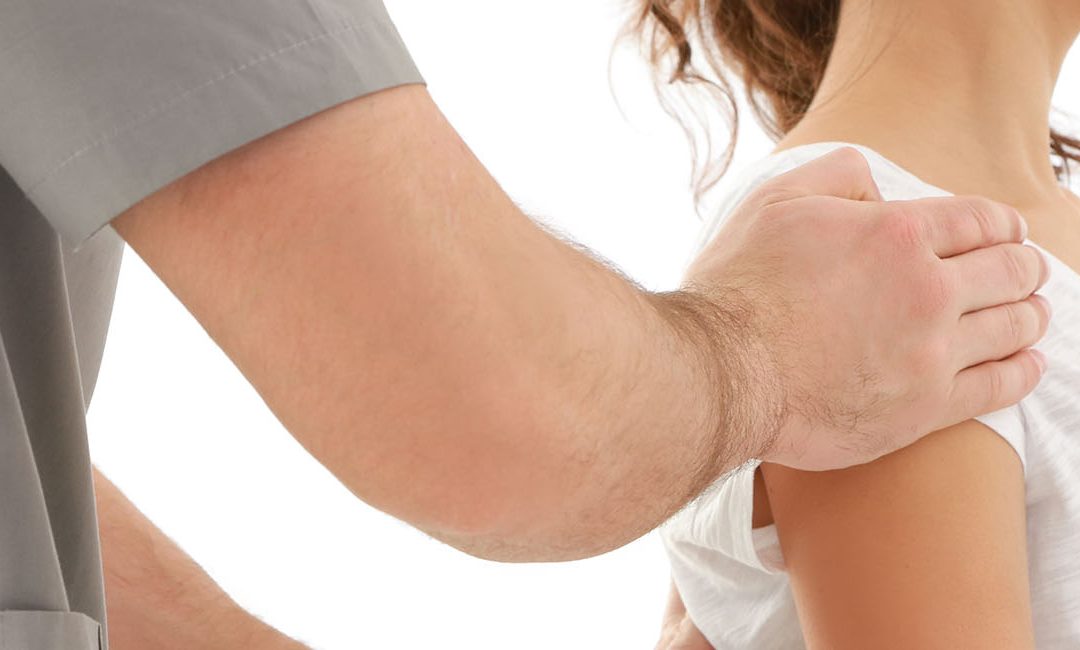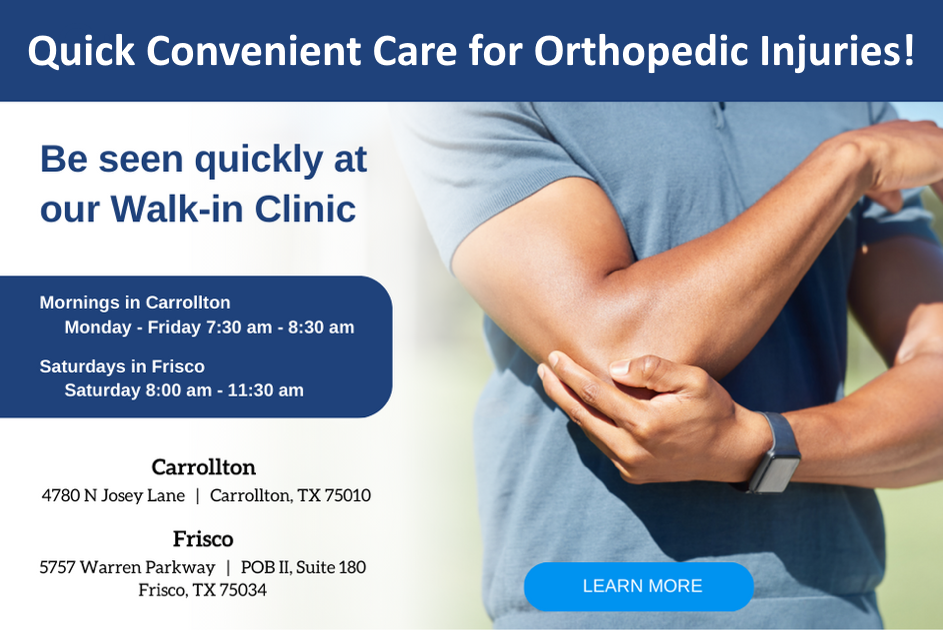Cervical Spondylosis is the medical term for Arthritis of the neck. It is a degenerative disorder that affects the vertebrae and discs in the cervical spine. With age, the fluid between the vertebrae tend to dry up, which causes the discs to shrink and become stiff. This, in turn, exerts pressure on the entire spinal cord as the bones start rubbing against each other, leading to Cervical Spondylosis. The cartilage within the joints is also destroyed and the joint spaces are considerably reduced. The condition mainly affects the people between the ages group of 40-65 years.
Causes
- Natural wear and tear of the neck bones due to aging
- Direct injury to the spine due to a fall, vehicle accident or playing sports
- Herniated Disc
- Development of bone spurs which eventually press upon the nerve endings
- Hereditary factors
- Excessive weight
- Sedentary lifestyle
- Smoking
- Poor posture that strains the neck for a long time
Symptoms
- Pain in the neck and shoulders
- Headache
- Stiffness in upper part of the body
- Muscle spasms
- Sensation of needle pricks in the neck, arms, hands etc.
- Pain may radiate to the back, hips and legs
- Problem in reflexes
- Change in gait or lack of balance while walking
- Bladder incontinence
- Weakness in arms
- Standing, coughing or sneezing may aggravate the pain
- Inability to grasp objects or holding on to them
- Discomfort while lifting the arms
Diagnosis
- A thorough physical examination of the neck and spine
- Range of motion, reflexes and coordination may be tested by making the patient move the neck in different directions
- X-ray imaging may be done by the doctor to analyze bone structure
- MRI and CT scan may reveal pinched nerves, bone growths, ligament and other soft tissue injuries
- The patient’s symptoms, previous medical records and family history may be analyzed
- Nerve function tests and electromyogram may be conducted in some cases
Treatment
- Prescription of anti-inflammatory medicines and muscle relaxants
- The spine specialist may recommend injecting steroids into the affected part to relieve inflammation
- Manual neck traction may increase space between the collapsed joints
- Physical therapy may help to strengthen muscles in the back, shoulder and neck
- Surgical removal of bone spurs to reduce pressure on the nerves and vertebrae
- Surgery may also be recommended for patients with Herniated Disc. The surgeon may remove the affected disc to create more space within the spine


